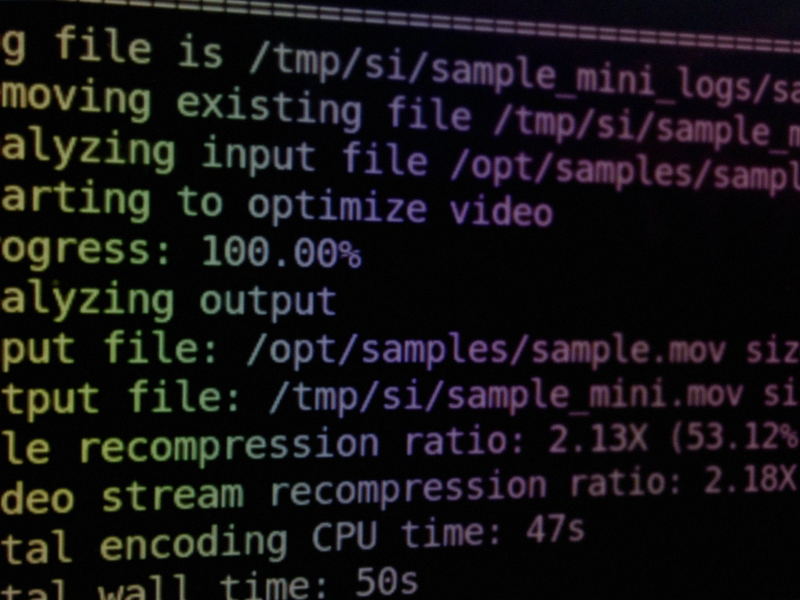Video Compression Taking Center Stage
TV is at a tipping point. Over the top, or OTT, is the industry term for video content delivered over the Internet, but you probably know it better as Netflix, HBO Go or Hulu. With Netflix counting more than 40 million subs in the US and HBO Go enabling access to their most popular content outside of a pay TV package, tech companies are investing heavily to build rich ecosystems of video content delivered over the Internet. The result is a panoply of content options across more devices, which is creating a nation of potential cord cutters.
2014 demonstrated the OTT race was on but in Q3 2015 we are seeing it pick up the pace – with OTT offerings involving mobile service providers as well as SVOD players like Netflix, Amazon Instant Video, HULU, and PlutoTV – while at the same time we’ve seen a drop off in network stocks, started by Disney.
While it’s clear that the way we deliver television is changing, the future isn’t here yet. The race to find new and better ways of interacting with TV has resulted in a new wave of innovation, as startups and corporate America race to rethink the viewing experience.
Traditional TV distributors, such as cable companies, are responding as they recognize shifting viewing behaviors driven by millennials, who have been leading the migration to digital. This means networks without a sufficiently robust online offering, are being quickly left in the dust by subscribers seeking more flexible content options, which is why independent streaming services are now having their moment in the spotlight.
Offer the right content on a device with a superior user experience and there’s no stopping OTT. It sounds simple enough, but there are still challenges. Content providers, broadcasters and tech companies moving content to OTT, are now struggling to maintain streaming quality across connected devices on increasingly crowded bandwidth. Without a quality user experience, OTT can’t thrive.
As video traffic now consumes 64% of the Internet according to Cisco, Q3 saw an increasing number of content providers looking for solutions to decrease the streaming size of their files in order to improve the quality of the streaming experience – bringing the need for additional video compression efficiency to the forefront. The formation of a second patent pool called HEVC Advance has created some uncertainties regarding royalty payments for the HEVC video codec. This has driven some of the largest tech companies including: Amazon, Cisco, Google, Intel, Microsoft, Mozilla and Netflix to announce the formation of the Alliance for Open Media, a group seeking to create a royalty-free compression technology that is competitive in performance to existing state-of-the-art codecs.
Regardless of the codec technology, optimizing the compression to ensure maximum quality at the lowest bitrate continues to be our focus here at Beamr. Our technology, which currently supports H.264 and HEVC, and can easily be expanded to support any emerging or future video codec, provides the most efficient and effective way to ensure a service is able to produce the highest quality video possible, addressing the streaming quality struggle. In light of what’s going on in the industry at the moment, we’re excited to announce that we’ll be attending the upcoming IBC conference, where we’ll have the opportunity to showcase our technology both in the Israeli Pavilion and at the Amazon AWS booth. We’re thrilled to be a part of such a big conference and to be presenting alongside the AWS team.

